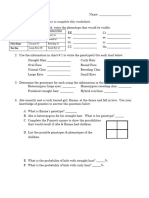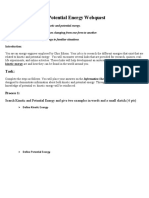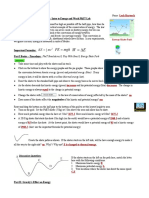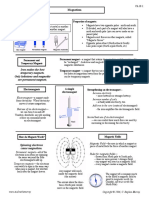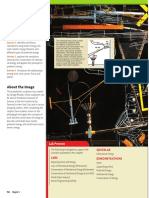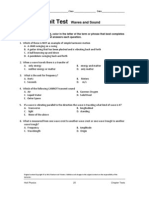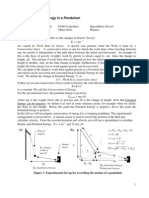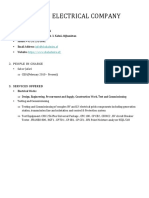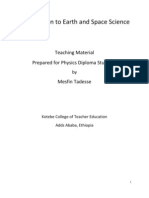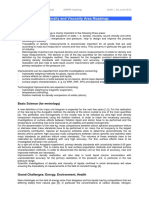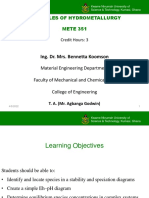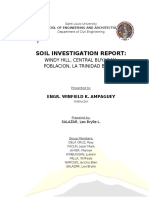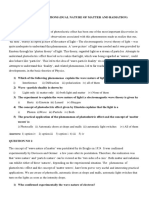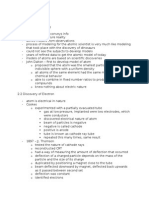0% found this document useful (0 votes)
274 views3 pagesConservation of Mechanical Energy Using Pendulum
This document provides instructions for using a PHET simulation to determine whether mechanical energy is conserved in a pendulum. Students are asked to collect data on the kinetic and potential energy of the pendulum at various points in its swing and graph the results. By observing that the sum of kinetic and potential energy remains constant, even when friction is introduced, students can demonstrate the law of conservation of mechanical energy. Changing the length, mass, or gravity of the pendulum validates that this principle holds true in different conditions.
Uploaded by
Sunita SindhuCopyright
© © All Rights Reserved
We take content rights seriously. If you suspect this is your content, claim it here.
Available Formats
Download as DOCX, PDF, TXT or read online on Scribd
0% found this document useful (0 votes)
274 views3 pagesConservation of Mechanical Energy Using Pendulum
This document provides instructions for using a PHET simulation to determine whether mechanical energy is conserved in a pendulum. Students are asked to collect data on the kinetic and potential energy of the pendulum at various points in its swing and graph the results. By observing that the sum of kinetic and potential energy remains constant, even when friction is introduced, students can demonstrate the law of conservation of mechanical energy. Changing the length, mass, or gravity of the pendulum validates that this principle holds true in different conditions.
Uploaded by
Sunita SindhuCopyright
© © All Rights Reserved
We take content rights seriously. If you suspect this is your content, claim it here.
Available Formats
Download as DOCX, PDF, TXT or read online on Scribd
/ 3

